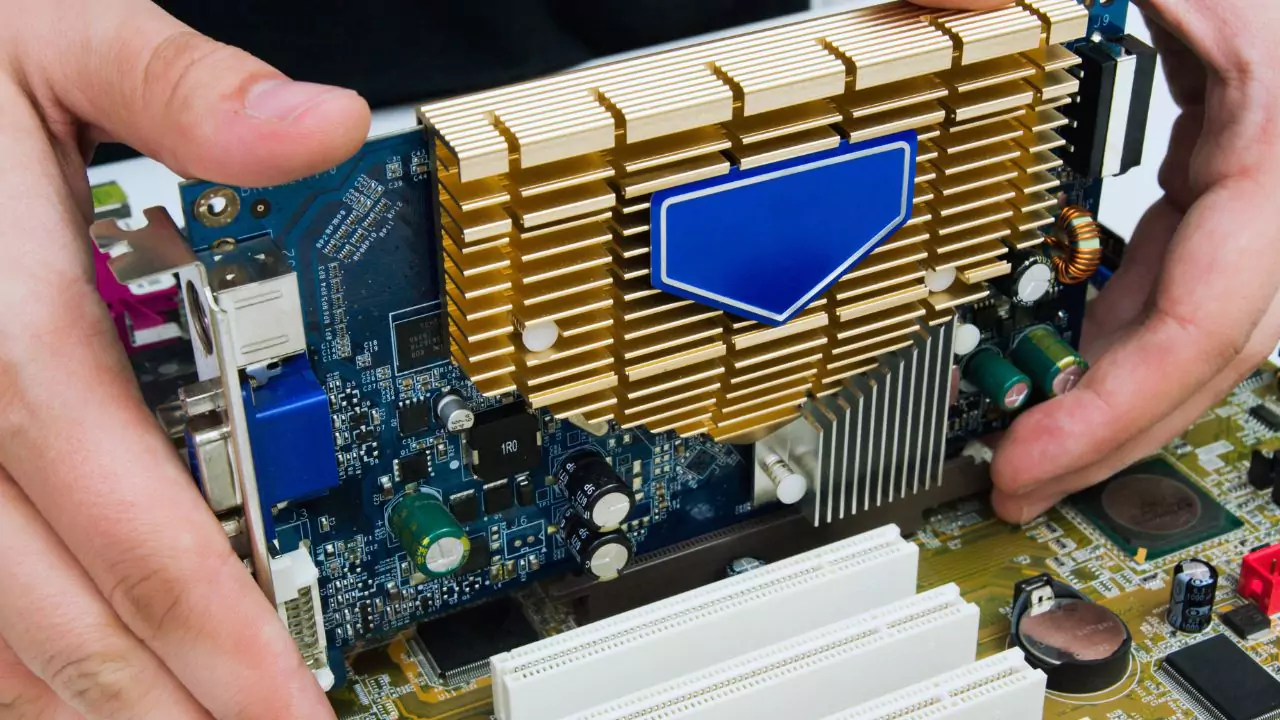When a GPU is not seated properly, it can lead to a range of issues including graphical glitches, system instability, reduced performance, and potential damage to computer components. This article explores the consequences of an improperly seated GPU, explains how to correctly install one, and addresses common questions related to GPU seating.
The Importance of Properly Seated GPU
Avoiding Graphical Glitches and Artifacts
A GPU that isn’t seated correctly in its PCIe slot may not establish a stable connection with the motherboard. This can result in visual anomalies on your screen, such as:
- Flickering or flashing display
- Distorted colors or patterns
- Missing textures in games or applications
- Screen tearing or artifacting
These issues occur because the GPU struggles to communicate effectively with the rest of the system, leading to errors in rendering graphics.
Ensuring System Stability
An improperly seated GPU can cause system-wide instability. This manifests in various ways:
- Random system crashes or freezes
- Blue Screen of Death (BSOD) errors
- Unexpected restarts
- Failure to boot or display output
The instability stems from inconsistent power delivery and data transfer between the GPU and other components. Your computer may struggle to maintain a steady state, resulting in frequent interruptions to your work or gaming sessions.
Maintaining Performance
A loosely connected GPU might not perform at its full potential. You may notice:
- Lower frame rates in games
- Slower rendering times for video or 3D projects
- Reduced benchmark scores
- Inability to use all GPU features
These performance issues arise because the GPU cannot access its full power or bandwidth when it’s not properly seated. This limits its ability to process graphics data efficiently.
Preventing Damage to Components
In severe cases, an improperly seated GPU can cause physical damage to your computer hardware:
- Bent or broken PCIe slot pins
- Damaged GPU connectors
- Overheating due to poor contact with cooling solutions
- Short circuits from loose connections
These problems can lead to permanent hardware failure, requiring costly repairs or replacements.
How to Properly Seat Your GPU?
Necessary Tools and Accessories
To install a GPU correctly, you’ll need:
- Anti-static wrist strap
- Phillips head screwdriver
- GPU support bracket (for heavy cards)
- Thermal paste (if reapplying)
Steps to Properly Seat Your GPU
- Power off your computer and disconnect it from the electrical outlet.
- Open the computer chassis and locate the PCIe slot.
- Remove any existing GPU by unscrewing it from the case and gently pulling it out.
- Align the new GPU with the PCIe slot, ensuring the bracket lines up with the case.
- Apply firm, even pressure to seat the GPU fully into the slot.
- Secure the GPU to the case using screws.
- Connect any necessary power cables from the PSU to the GPU.
- Close the case and reconnect the power.
Common Mistakes to Avoid
- Forcing the GPU into the slot at an angle
- Forgetting to remove the protective cover on the GPU’s PCIe connector
- Neglecting to connect power cables to the GPU
- Failing to secure the GPU to the case with screws
- Touching the GPU’s circuitry without proper grounding
Frequently Asked Questions
Can a loose GPU damage my computer?
Yes, a loose GPU can potentially damage your computer. It may cause short circuits, bend PCIe slot pins, or lead to overheating. Always ensure your GPU is securely fastened to prevent these issues.
Should I re-seat my GPU when upgrading other components?
It’s not always necessary to re-seat your GPU when upgrading other components. However, if you’re working near the GPU or if you’ve moved your computer significantly, it’s a good precaution to check and re-seat the GPU to ensure it remains properly connected.
What to do if GPU is not seated properly?
If you suspect your GPU isn’t seated properly:
- Shut down your computer and unplug it.
- Open the case and visually inspect the GPU.
- If it’s loose, remove it completely.
- Clean the PCIe slot and GPU connectors with compressed air.
- Carefully re-seat the GPU, ensuring it clicks into place.
- Secure it with screws and reconnect power cables.
- Close the case and test your system.
Can improper GPU seating cause permanent damage?
While rare, improper GPU seating can cause permanent damage in extreme cases. This might include bent pins in the PCIe slot, damaged GPU connectors, or component failure due to short circuits. Proper installation and regular checks can prevent such issues.
Will re-seating improve performance issues?
Re-seating a GPU can potentially improve performance issues if a poor connection caused the original problem. If you’re experiencing graphical glitches, system instability, or unexplained performance drops, re-seating the GPU is a simple troubleshooting step that may resolve these issues.
However, if performance problems persist after re-seating, other factors such as driver issues, inadequate power supply, or hardware failure may be the root cause. In such instances, additional troubleshooting measures or the engagement of professional expertise might be necessary.







